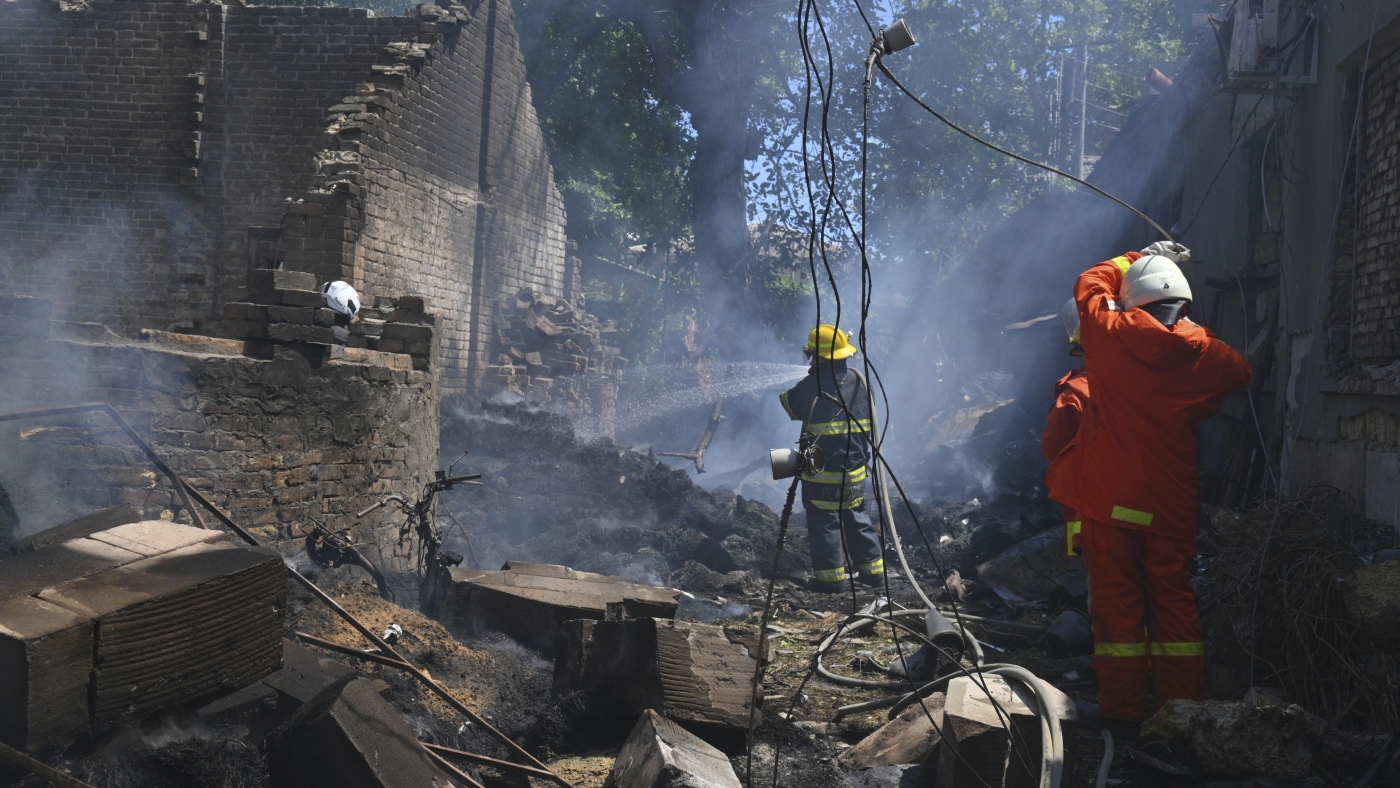The Pendulum of Peace: Analyzing the Third Round of Ukraine-Russia Talks
Introduction: A Delicate Dance Between Diplomacy and Devastation
The specter of war, with its insatiable hunger for resources and lives, often casts a long shadow, obscuring the faintest glimmers of hope for resolution. In the ongoing conflict between Ukraine and Russia, the promise of peace talks has emerged as a recurring motif, a delicate dance between diplomacy and devastation. The planned third round of negotiations, held in Turkey, represents another swing of this pendulum, a crucial moment to assess the potential for de-escalation and a lasting settlement. But what factors are influencing these talks? What are the realistic prospects for success, and what role, if any, does external pressure play in shaping the negotiating positions of both sides?
The Setting: Istanbul and the Shadow of External Actors
Choosing Istanbul as the location for the third round of talks carries symbolic weight. Turkey, straddling Europe and Asia, has positioned itself as a potential mediator, leveraging its relatively neutral stance and its close ties with both Ukraine and Russia. However, the shadow of external actors looms large, particularly that of the United States. The looming presence of Donald Trump, with his unpredictable pronouncements and threats of sanctions, adds another layer of complexity.
These talks are not happening in a vacuum. The international community, with its diverse interests and agendas, exerts a subtle but undeniable influence on the proceedings. Trump’s threats to impose sanctions are being closely watched by the Kremlin, acting as a potential catalyst or, perhaps, an impediment to progress. The Russian response to these sanctions will likely shape their approach to negotiations, making it a critical element of this third round of talks.
The Stakes: Ceasefire, Goals, and “Miracles”
The primary objective of any peace negotiation in a conflict zone is, undeniably, a ceasefire. Every statement from Ukrainian President Volodymyr Zelenskyy underscores the urgency of stopping the violence. He’s pleaded with Russia to stop, emphasizing the desperate need for a cessation of hostilities. But achieving a ceasefire is rarely a simple matter; it requires both sides to agree on the terms, conditions, and mechanisms for monitoring and enforcement.
However, beneath the surface of this immediate goal lie deeper, more complex strategic objectives. The Kremlin’s pronouncements reveal a desire to achieve specific goals, which are crucial to consider. These objectives are, more likely than not, linked to Russia’s long-term security interests and its vision for the future of Ukraine. These goals could range from territorial concessions to guarantees of neutrality, or even broader objectives related to the regional balance of power. The Kremlin also stated upfront that “no miracles” were expected, indicating a tempered outlook on the likelihood of rapid breakthroughs.
The Litmus Test: Trump’s Threats and Moscow’s Calculus
The third round of talks is, in many ways, a test of how seriously Moscow perceives Trump’s threats and how it intends to respond. Trump’s position, characterized by both threats and seemingly off-hand comments comparing the conflict to children fighting, has introduced an element of uncertainty into the equation. Moscow now has to analyze Trump’s positions and weigh the potential consequences of disregarding his warnings.
It is reasonable to believe that Moscow is engaging in a careful calculus, weighing the costs and benefits of different courses of action. One can surmise that the Kremlin may view the talks as an opportunity to gauge the resolve of the international community, test the limits of Western tolerance, and potentially extract concessions from Ukraine.
The Bleak Outlook: Doom and the Absence of Miracles
Despite the efforts to convene a third round of peace talks, a sense of pessimism seems to pervade the discussions. Some reports already suggest that these talks are “doomed,” reflecting a deep-seated skepticism about the prospects for a genuine breakthrough. This skepticism stems from a number of factors, including the deep-rooted mistrust between the two sides, the conflicting narratives about the origins and justifications for the conflict, and the fundamental disagreements over the future of Ukraine.
The Kremlin’s downplaying of expectations, emphasizing that there is “no basis to expect miracles,” adds further weight to this pessimistic outlook. Such statements can be interpreted as a strategic move to manage expectations and avoid raising false hopes. However, they also reflect a realistic assessment of the challenges ahead.
Beyond the Battlefield: Peace on Putin’s Terms
Despite calls for peace talks, the overarching narrative suggests that President Putin is determined to continue the conflict until the West engages on his terms. This suggests a potentially protracted and difficult negotiation process, where concessions may be hard-won and compromises may be elusive. Putin’s perspective is rooted in a complex web of historical grievances, geopolitical ambitions, and domestic political considerations.
Conclusion: A Cautious Dance with Hope
The third round of peace talks between Ukraine and Russia represents a complex and uncertain moment in the ongoing conflict. While the pursuit of a ceasefire remains a critical objective, the underlying strategic goals of both sides, and the influence of external actors, create a challenging environment for negotiation. The “miraculous breakthroughs” are unlikely, and the road to a lasting peace may be long and arduous. However, the alternative to negotiation is continued violence and suffering. Therefore, the pendulum of peace must continue to swing, even amidst the shadows of war, in the hope that dialogue and diplomacy can ultimately prevail. The world watches, with bated breath, as this delicate dance unfolds, hoping that the seeds of peace can take root in the war-torn landscape.

